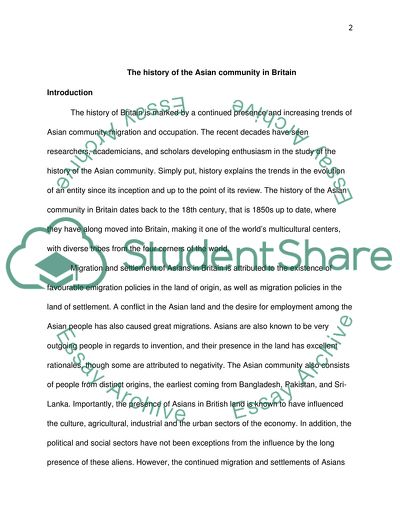Cite this document
(The History of the Asian Community in Britain Assignment - 1, n.d.)
The History of the Asian Community in Britain Assignment - 1. https://studentshare.org/history/1751271-the-history-of-the-asian-community-in-britain
The History of the Asian Community in Britain Assignment - 1. https://studentshare.org/history/1751271-the-history-of-the-asian-community-in-britain
(The History of the Asian Community in Britain Assignment - 1)
The History of the Asian Community in Britain Assignment - 1. https://studentshare.org/history/1751271-the-history-of-the-asian-community-in-britain.
The History of the Asian Community in Britain Assignment - 1. https://studentshare.org/history/1751271-the-history-of-the-asian-community-in-britain.
“The History of the Asian Community in Britain Assignment - 1”. https://studentshare.org/history/1751271-the-history-of-the-asian-community-in-britain.


